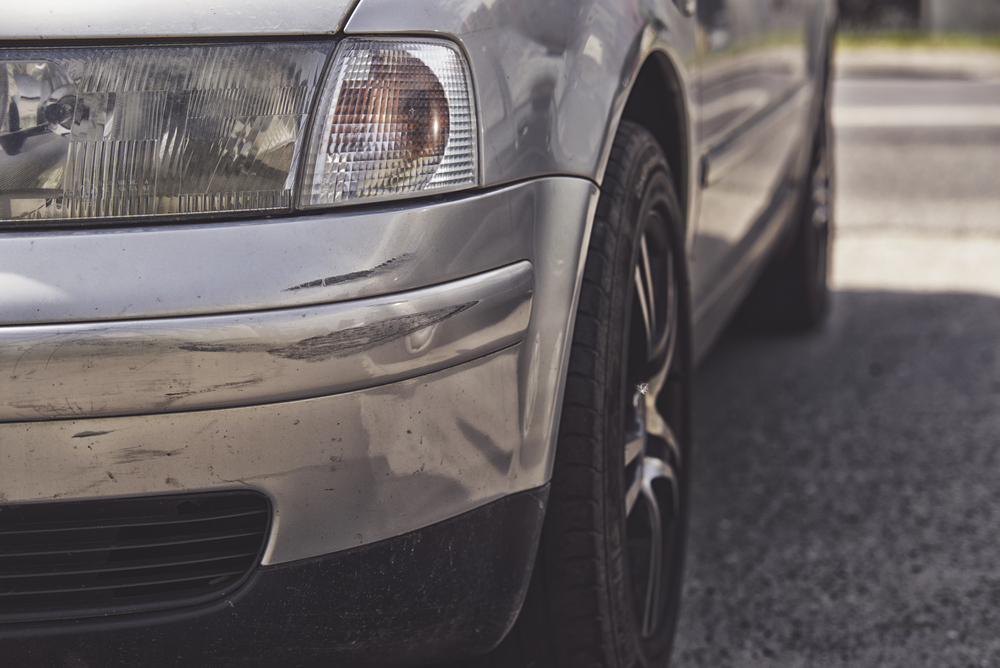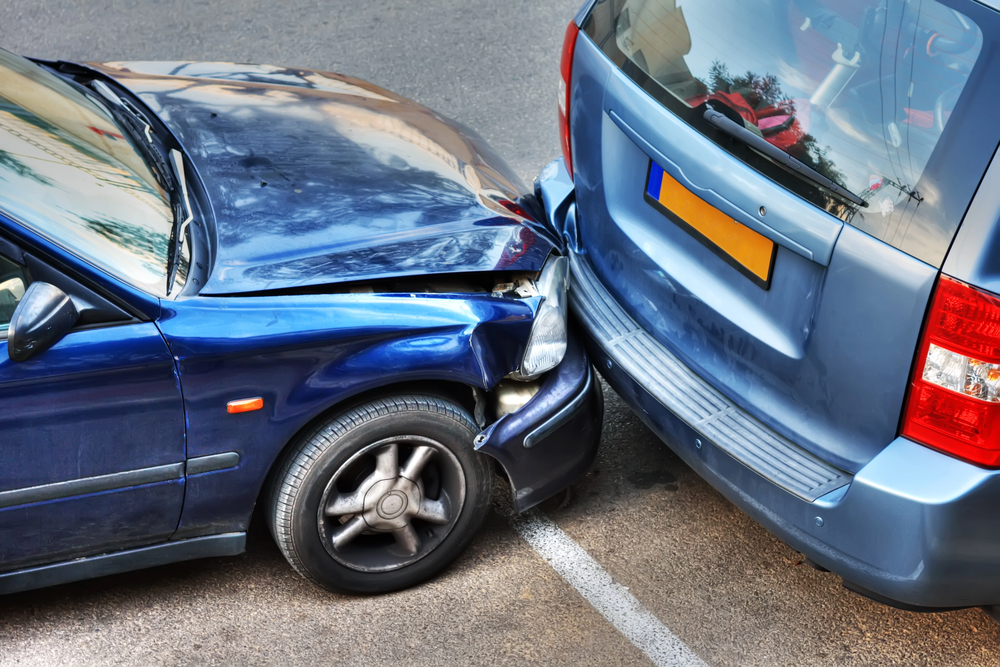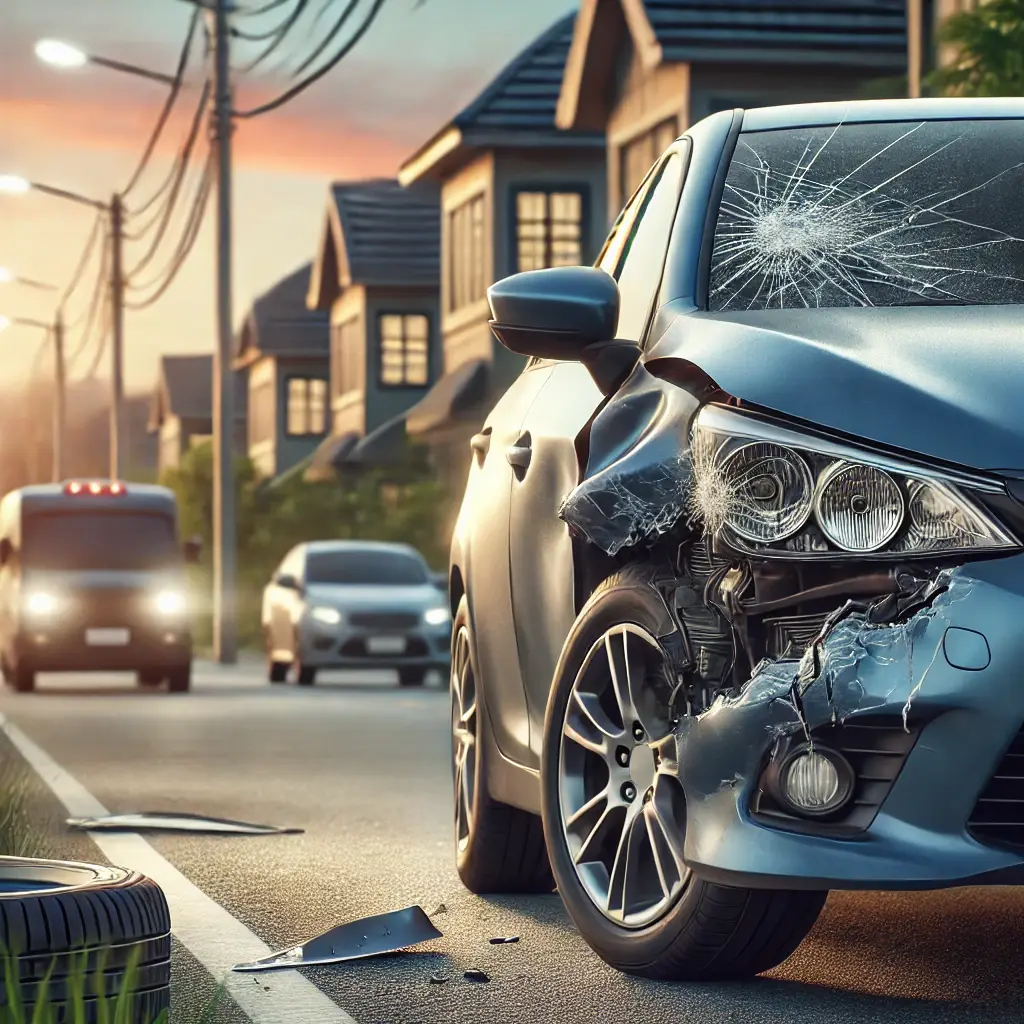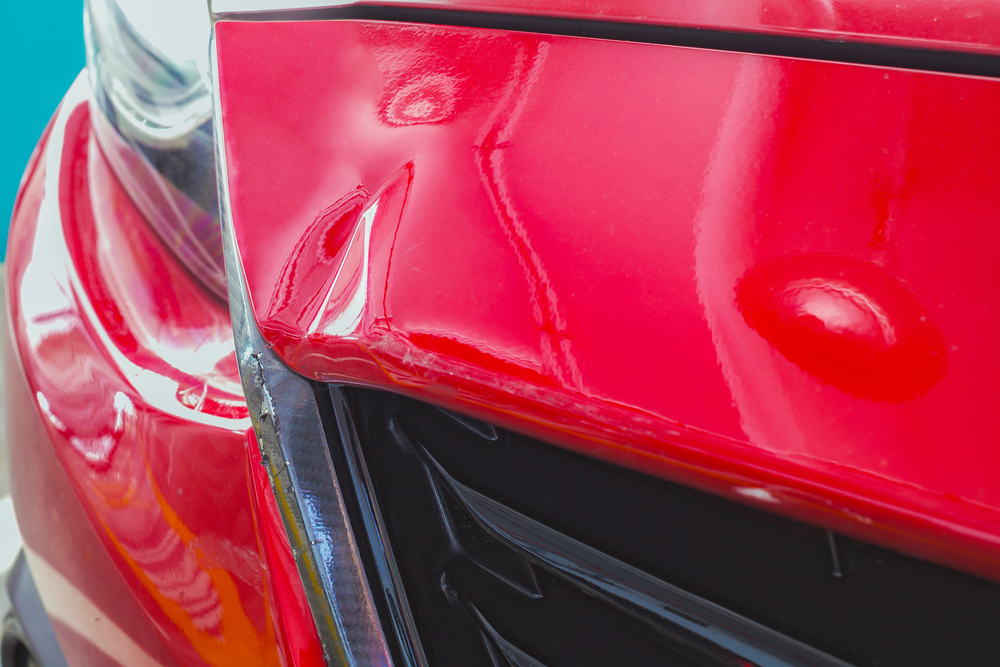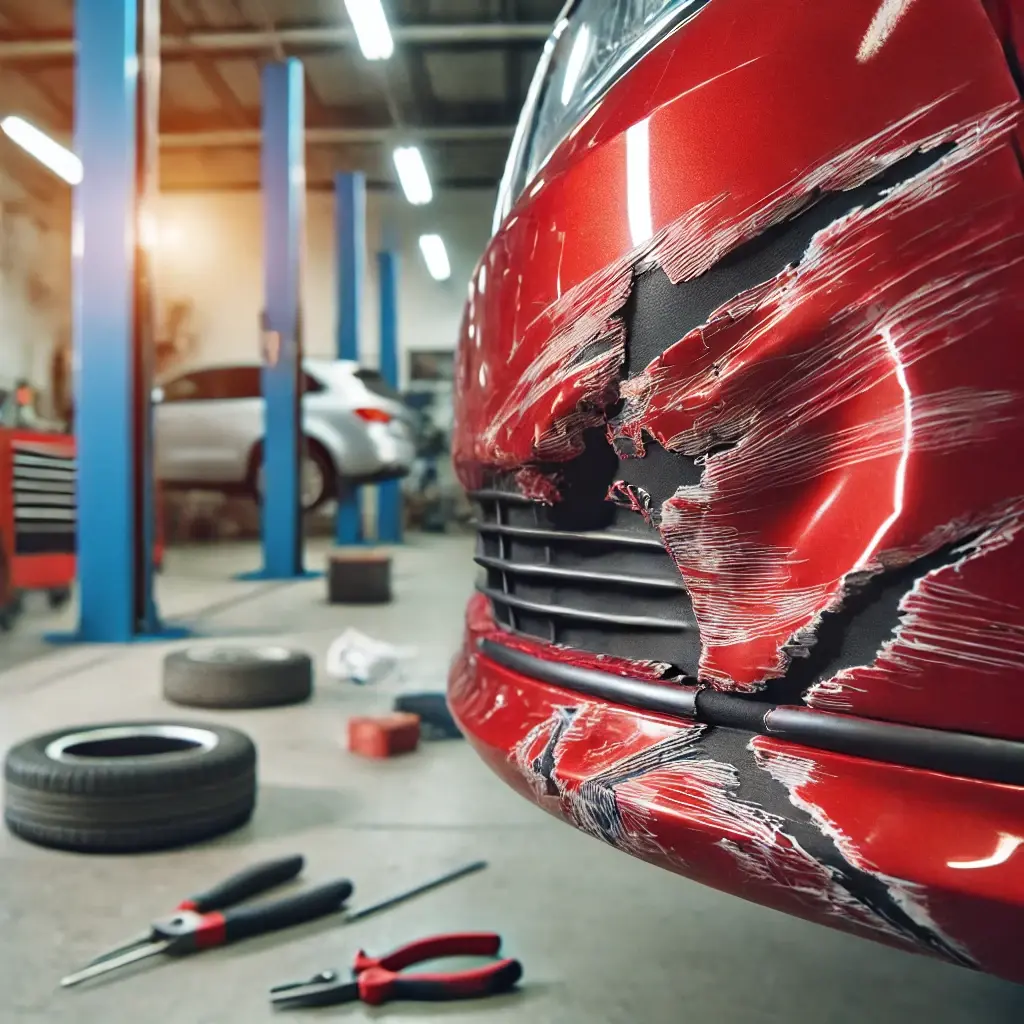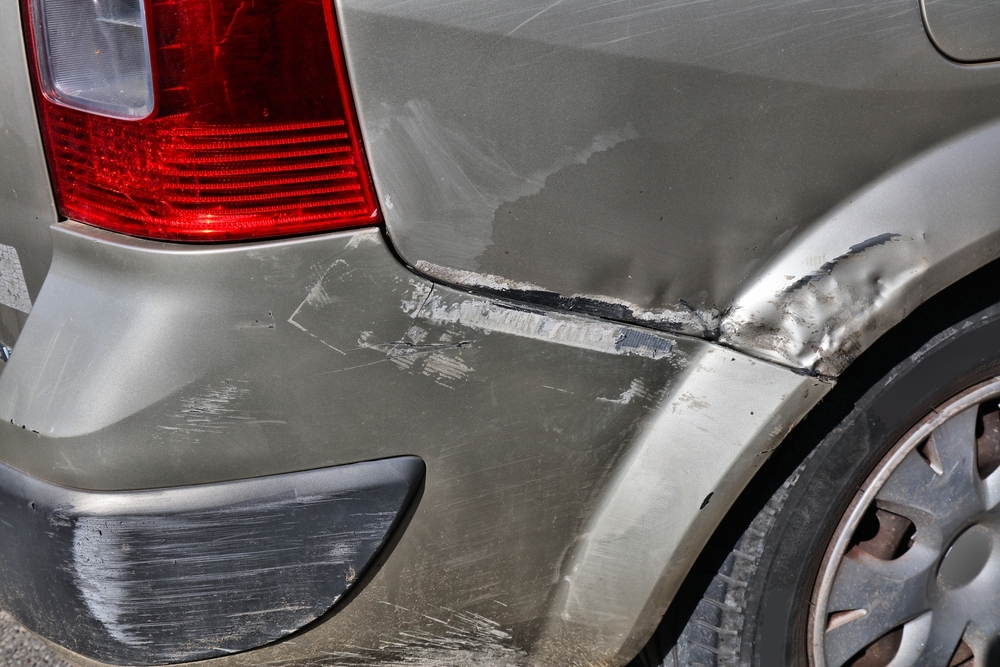Drivers in South Jersey are no strangers to occasional bumps and scrapes, whether that’s from a minor collision or a shopping cart. Indeed, bumper damage is a common issue that many car owners face. Sure, the minor damage may seem insignificant at first, you shouldn’t ignore it. Ignoring such problems can lead to more serious and costly problems down the road. Let’s review the top five reasons why you should never overlook even the smallest bumper damage and why getting it repaired promptly at Elmer’s Auto Body can save you time, money, and hassle.
1. Cosmetic Damage Can Lower Your Car’s Value
Even minor bumper damage can detract from the overall appearance of your vehicle. Dents, scratches, and scuffs on your bumper may seem like small imperfections, but they can significantly lower your car’s resale value. When potential buyers or trade-in evaluators see visible damage, they may question the car’s overall condition, which can lead to lower offers. By repairing minor bumper damage promptly, you preserve your car’s appearance and, in turn, protect its resale value.
2. Corrosion and Rust Can Develop Over Time
What might begin as a small scratch or dent on your bumper can lead to more significant issues if left unrepaired. Exposed metal from a scratched or cracked bumper is vulnerable to the elements. Over time, moisture, road salt, and debris can cause rust to form. Rust not only worsens the appearance of your car, but it can also weaken the structural integrity of the bumper and surrounding areas. This could lead to more expensive repairs down the line. Fixing minor bumper damage quickly can help prevent rust from forming, keeping your vehicle in better condition for longer.
3. Bumper Damage May Affect the Safety Features of Your Vehicle
In modern cars, bumpers are designed to do more than just protect the exterior; they also play a crucial role in the safety features of the vehicle. Bumpers are often equipped with sensors, cameras, and airbags that are integral to the vehicle’s safety systems. Even minor bumper damage could potentially misalign or damage these critical components, leading to malfunctions or decreased safety performance. For example, a damaged sensor can affect your car’s parking assistance system, which could lead to accidents or further damage. Ensuring that your bumper is properly repaired keeps all safety features functioning as they should.
4. Ignoring Damage Can Lead to More Expensive Repairs Later
Minor bumper damage might seem like something that can be put off, but ignoring it often results in bigger problems. A small crack or dent can worsen over time, especially with exposure to heat, moisture, and road conditions. The longer you wait, the more likely it is that the damage will spread, affecting larger areas of your bumper or even the underlying frame. Doing so will lead to damages that are worse than they were originally, leading to a more extensive and expensive repair.
5. Insurance Coverage May Be Affected by Delayed Repairs
In some cases, leaving bumper damage unrepaired can impact your car insurance coverage. If the damage worsens over time or if you’re involved in another accident, your insurance may be less likely to cover the cost of repairs if the previous damage was not properly addressed. Insurance companies may argue that the vehicle’s condition was already compromised, which can result in disputes or higher out-of-pocket expenses for you. By getting the minor damage repaired as soon as possible, you help ensure that your vehicle remains in the best condition for insurance purposes.

Save Time and Money By Calling a Collision Repair Shop in South Jersey Today
Minor bumper damage may seem like a small inconvenience, but ignoring it can have long-term consequences. Whether it’s affecting your car’s appearance, causing rust and corrosion, impacting safety features, leading to more expensive repairs, or complicating insurance claims, the cost of putting off repairs can far outweigh the initial expense of fixing the damage. At Elmer’s Auto Body, we understand the importance of getting your vehicle back to its best condition quickly and affordably.
If your car has minor bumper damage, don’t wait—contact Elmer’s Auto Body today to schedule a repair at one of our South Jersey locations. Our team of experienced technicians will ensure that your bumper damage is repaired to the highest standard, so you can hit the road with confidence.

